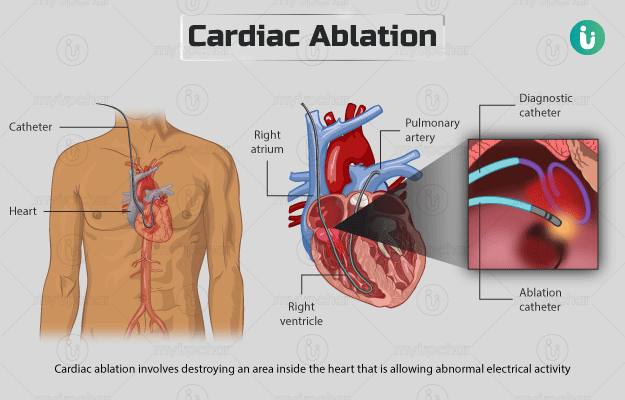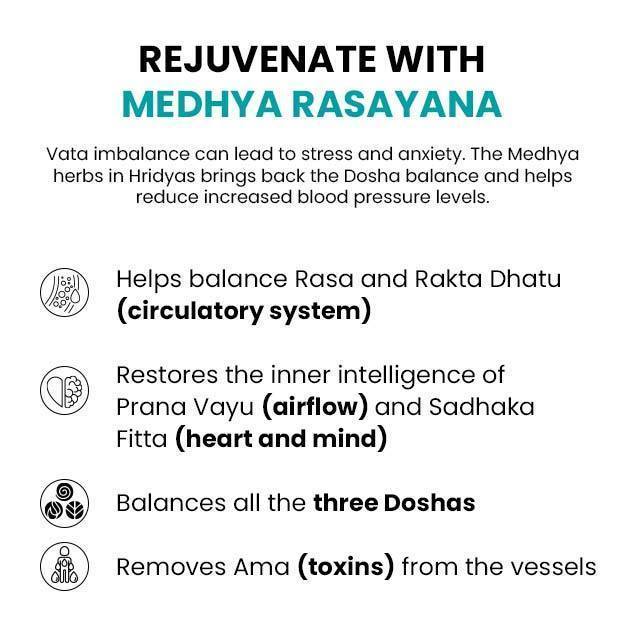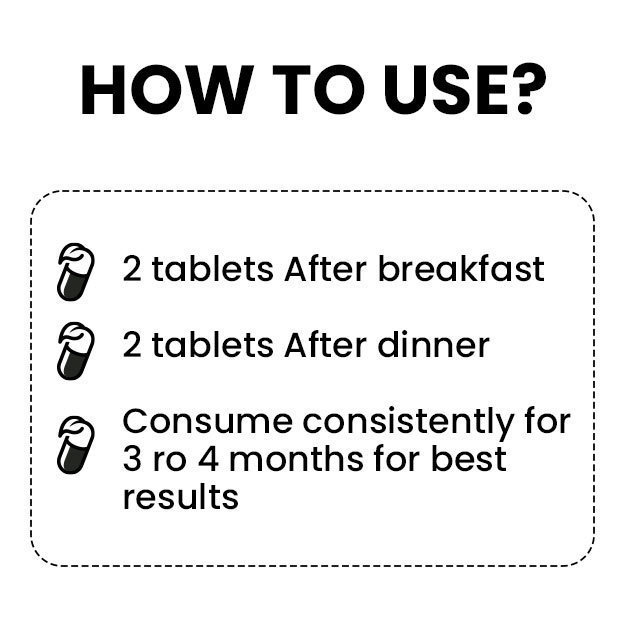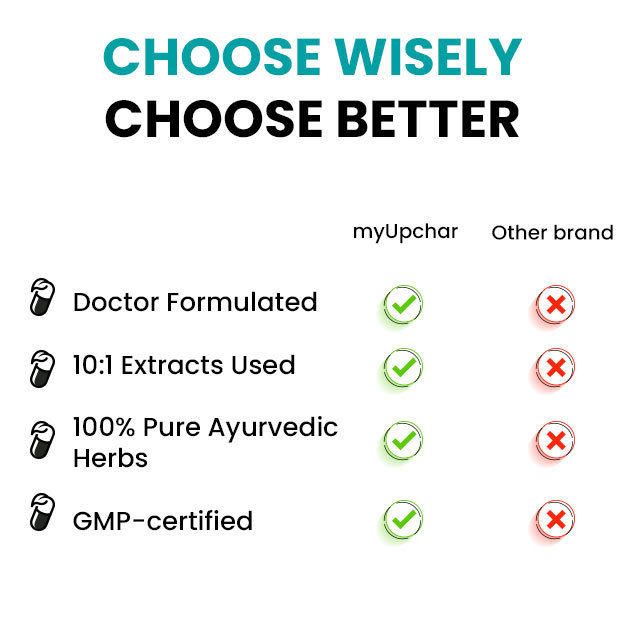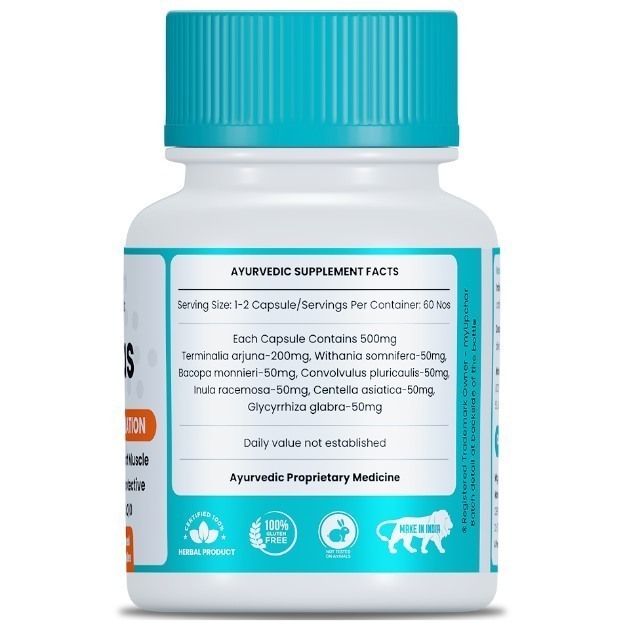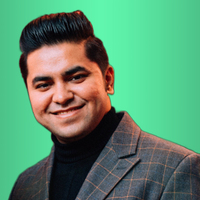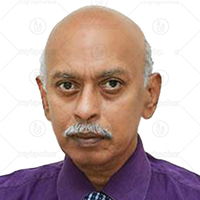Summary
Cardiac ablation involves destroying an area inside the heart that is allowing abnormal electrical activity and arrhythmia. The procedure is performed by using techniques like radiofrequency waves or cold temperature.
Diagnostic tests like magnetic resonance imaging scan and transesophageal echocardiogram are done before the surgery to assess the condition of the patient. You will be asked to fast for a few hours before the operation.
The procedure will be performed under general anaesthesia to keep you asleep and pain-free. After the operation, your doctor will suggest you to take aspirin, restrict certain activities, or modify your lifestyle habits for a speedy recovery.

